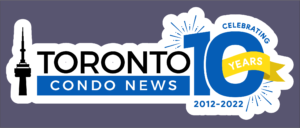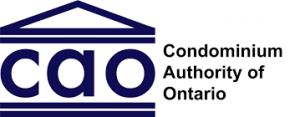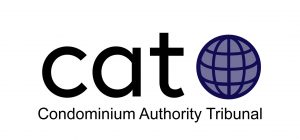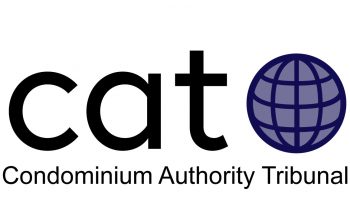 May 2022
May 2022
By far, the greatest impact on condominium governance has been the Condominium Authority of Ontario (CAO). Soon after the Condo Act – officially known as the Protecting Condominium Owners Act, 2015 – was implemented in 2017, the CAO was created. According to its website the CAO is a “legislative authority created to improve condominium living in Ontario”. Its mandate includes registration of all condominium corporations in Ontario, self-help resources, online training for condo directors and operation of a dispute resolution tribunal for condo residents.
 Toronto Condo News has not always been a supporter of the CAO. We’ve disagreed with how they are funded, and their required education of condominium directors which we find ineffective. What cannot be argued is the importance of governance in making condominium living safe and desirable. Ontario has not had to deal with collapsing buildings, or rising insurance premiums to the extent seen elsewhere in Canada. We can attribute this, at least partially, to laws and regulations intended to protect us from the most obvious of mistakes. Condominium boards are bound by regulations stipulating maintenance, inspection of building safety systems and reserve fund study requirements. No matter how committed to reducing condo fees any particular condo board may be, they have no choice but to adhere to governance requirements. In turn, this protects condominium owners from paying less in condo fees only to risk everything because of major structural or safety issues.
Toronto Condo News has not always been a supporter of the CAO. We’ve disagreed with how they are funded, and their required education of condominium directors which we find ineffective. What cannot be argued is the importance of governance in making condominium living safe and desirable. Ontario has not had to deal with collapsing buildings, or rising insurance premiums to the extent seen elsewhere in Canada. We can attribute this, at least partially, to laws and regulations intended to protect us from the most obvious of mistakes. Condominium boards are bound by regulations stipulating maintenance, inspection of building safety systems and reserve fund study requirements. No matter how committed to reducing condo fees any particular condo board may be, they have no choice but to adhere to governance requirements. In turn, this protects condominium owners from paying less in condo fees only to risk everything because of major structural or safety issues.
 The Condominium Authority Tribunal (CAT) of Ontario, created to deal with condominium-related concerns, remains a work in progress that facilitates good governance. It was established in 2017 as part of the Protecting Condominium Owners Act, 2015. CAO and CAT are funded to the tune of millions of dollars each year courtesy of a monthly condo fee, or tax, assessed on condo owners and paid quarterly by their condominium corporation.
The Condominium Authority Tribunal (CAT) of Ontario, created to deal with condominium-related concerns, remains a work in progress that facilitates good governance. It was established in 2017 as part of the Protecting Condominium Owners Act, 2015. CAO and CAT are funded to the tune of millions of dollars each year courtesy of a monthly condo fee, or tax, assessed on condo owners and paid quarterly by their condominium corporation.
Toronto’s condo population was estimated at 928,000 in 2011. By 2015 this had grown to nearly 1.4 million, representing 53 percent of the city population. By 2021 this is estimated at about 1.9 million people, representing 60 percent of the city population. Future condo population growth is estimated at 100,000 people per year.
Such dramatic growth in condominium buildings and population comes with more concerns, complaints and disputes. CAT offers a more productive and less costly way to address these disputes. They have embraced technology in a new and innovative way that has, thus far, been effective at addressing a relatively small number of disputes.
At the same time as CAO began, the Condominium Management Regulatory Authority of Ontario (CMRAO) was established. The CMRAO oversees condominium managers and management firms to help protect consumers. Its primary purpose is to license condominium managers and the property management companies that employ them. Licensing costs were increased, an added expense passed on to condo owners. This change was expected to result in better quality condominium managers and improved condo management, although the effect remains unclear. Through CMRAO, anyone can make a complaint against a condominium manager, in writing, using an online complaints form. Prior to establishment of the CMRAO, condominium managers could receive training and an RCM (Registered Condominium Manager) designation by the Association of Condominium Managers of Ontario (ACMO). CMRAO and its mandate has, arguably, made ACMO unnecessary.
 These governance bodies have imposed dramatic changes on condominium managers and directors. Condo residents and owners have greater clarity on their rights and expectations.
These governance bodies have imposed dramatic changes on condominium managers and directors. Condo residents and owners have greater clarity on their rights and expectations.







